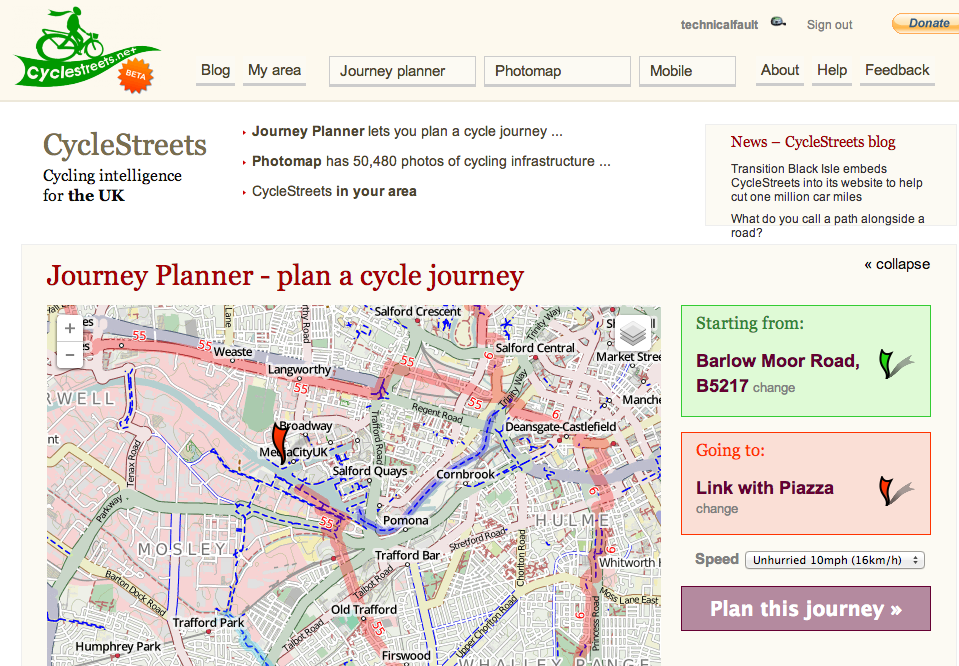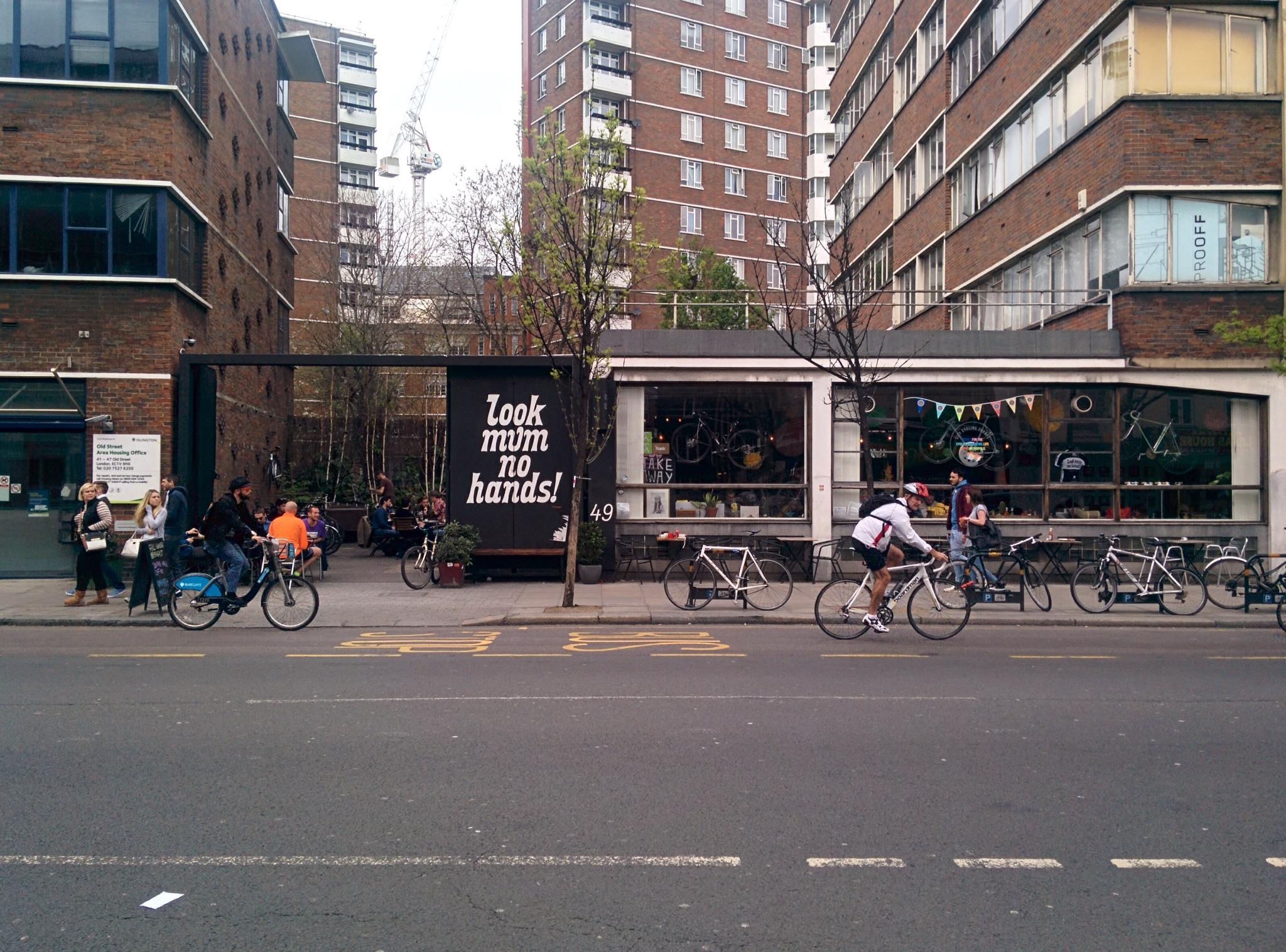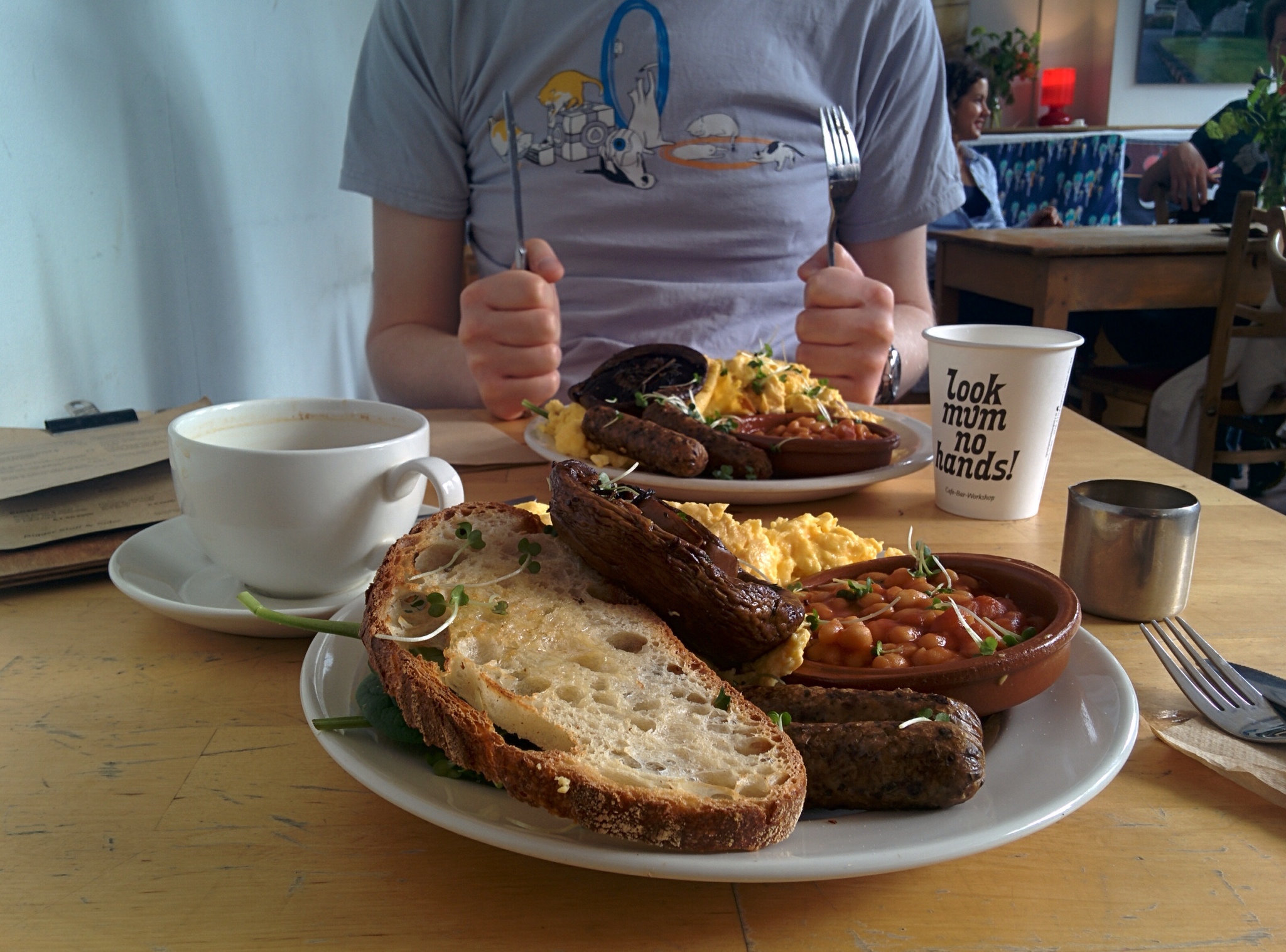Originally published as a Points North comment for Prolific North.
It’s time to realise that the north can’t compete with London. The sheer size of the place, the awesome edifices, the concentration of people and cultures – it’s an incredible place. No wonder thousands of people from across the country and the EU choose London as the place they want to go to live and work.
But there are a few of us who have moved the other way. After living almost my whole life in our capital city, I threw caution to the wind and moved to Manchester. Attracted by the lower cost of living and the imminent move of the BBC cementing its position as a media hub, it seemed a sensible move to “try out” for 18 months.
Six years later, I’m still here. Swapping my 45 minute car or Tube commute for a 10 minute walk (and now 15 minute cycle) was a revelation. I can live near the city centre for a fraction of what it costs to live anywhere that central in London. And when I need to head over to our York office every couple of weeks, the main train station is only a few minutes away.
Simply put, the north is already more liveable than London. So why isn’t this the main differentiator that we compete on when attracting talented, motivated workers?
I believe that if a city really wants to step up to the plate of becoming the UK’s “second city” then it needs to do so on the basis of being much more liveable than our capital city, not just the second most crowded. In many cities across the north, we’re already half way there: as Guy Garvey says of Manchester, “they return the love round here, don’t they?”. So we’ve got friendly, helpful people. But we need to do more than share northern charm.
One of the elements that I believe can massively improve liveability is to reduce congestion in cities. We can all agree that congestion is a bad thing – it’s wasted time and it’s wasted money. So why do we accept congestion as a fact of life? We say that it’s because of “traffic”.
There’s one flaw in this: if you’re in the middle of congestion, then you are traffic. And a congested city is not a liveable city.
This is why I’m passionate about the effect that walking and cycling can have on improving liveability in cities. But to do that, we need accept that private cars shouldn’t rule our lives and our political decision-making.
Trust me, I’m not some car-hating fundamentalist – I drive when I need to and I think that they absolutely have a vital role to play – but it shouldn’t be a default. I’m actually pretty ordinary: the fact is 45% of households in Manchester don’t have access to a car or a van. Yet Manchester is one of the most congested cities in Europe.
Political leaders across the north need to wake-up to this. Putting real money behind long-term, sustainable plans to shift people away from cars and onto bikes or walking will pay off in the long run. It will reduce congestion and increase the liveability of our cities. That in turn will attract talented, motivated workers who want to enjoy where they live and work – not just tolerate it for a decent wage. Just look at the examples of Copenhagen and Amsterdam – two successful cities, similar in size to Manchester or Leeds that are ranked extremely highly on liveability . Both feature a total modal share for cycling at around 40%; according to TfGM, just 2.1% of people in Manchester cycle to work (though amazingly, this outstrips the 1.3% that use Metrolink!).
So in conclusion: if we want to make our northern cities more competitive with London, and attract talented, motivated workers, not just wage slaves then we should build on our lower cost of living to make them even more liveable. One way of doing that? Well, it’s as easy as riding a bike.





 I recently
I recently 



